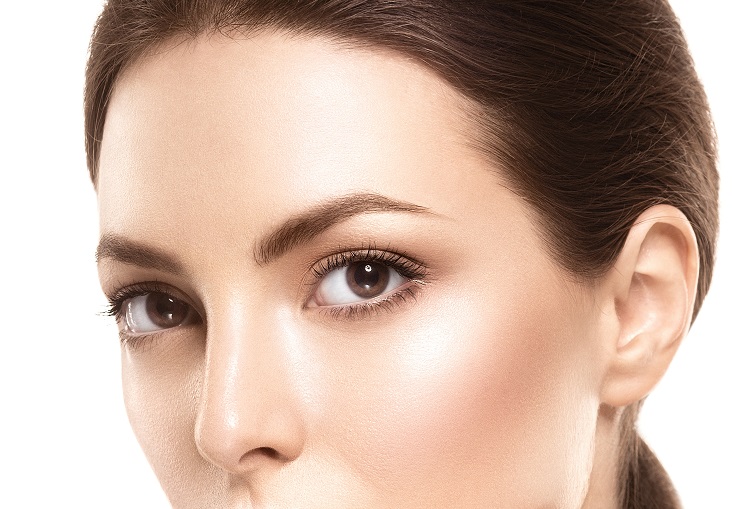The use of anesthesia in a surgical setting is one of the most controversial and difficult to consider for patients and surgeons alike. A rhinoplasty often referred to as a “nose job” is one surgical procedure requiring the use of some form of anesthesia. The majority of surgeons choose between a general anesthetic and IV sedation, which can also be referred to as “twilight sedation”. What type of Anesthesia is Best for Rhinoplasty, and Why?

One form of anesthesia surgeons rarely consider is a local anesthetic, because the procedure is considered too traumatic for a patient to complete while awake. That is not to say, local anesthesia is not used on a regular basis in conjunction with general anesthesia as this can significantly reduce pain and bleeding. If, like me, you are considering a rhinoplasty procedure you need to know all the facts about nose reshaping to make an informed the decision about which form of anesthesia to undertake.
Choosing IV Sedation
When you attend a consultation with a cosmetic surgeon you will be presented with a range of surgical options and a good view of how the completed surgery will change your appearance. IV sedation has been used by surgeons for decades as one of the most popular ways of completing a rhinoplasty in a safe and efficient manner. Twilight sedation is popular with many surgeons as the mixture of chemicals used pushes a patient to the point of sleep without placing them deeply under sedation in a dangerous way.
For the majority of surgeons, the chance to complete a procedure without the need for the insertion of a breathing tube is the main reason for the widespread use of an IV. If you and your surgeon decide the use of IV sedation is the best choice you will find the lack of vomiting associated with the use of this form of anesthesia is the main reason for its success. Following a rhinoplasty procedure, the blood vessels are damaged in and around the nose with vomiting associated with the use of general anesthesia known to aggravate this problem.
General Anesthesia is a Popular choice
When I choose how to complete a cosmetic surgery procedure, I like to discuss the available options with my surgeon including the use of general anesthesia. This is usually combined with a local anesthetic used to number the area around the nose where the procedure is taking place. In my experience, the majority of cosmetic surgeons choose the option of a general anesthetic as they believe this provides the positive option of a breathing tube to be used by the patient. You may want to use this option because a breathing tube can limit the amount of blood breathed in by the patient when the rhinoplasty is performed.
After discussing my options with my surgeon, I discovered the use of a general anesthetic made a major difference to the level of bruising seen after the procedure is completed. The use of a ventilator means it is possible for a surgeon to monitor the blood pressure levels of the patient and protect the face from the bruising often associated with a rhinoplasty. Advances in general anesthesia have allowed the amount of vomiting and nausea to be limited as the narcotic-free versions now available do not cause the same reactions as the previous versions of the drug.
Pain relievers are still effective
Over the course of the procedure, the lack of use of narcotics in the general anesthesia being used by most surgeons was often thought to be a problem for many patients who feared pain would become an issue. After discussing my options with my surgeon, I discovered the majority of patients are still able to halt the use of pain relievers within 24 hours of their procedure.
Which option to choose
The benefits of both general anesthesia and IV sedation are easy to see which means the choice of which is the best option often comes down to which form of anesthesia the surgeon is most comfortable with. For the majority, a combination of general anesthesia and local anesthesia is still considered the most comfortable option for the patient. However, twilight sedation offers a good option for limiting the number of chemicals being pushed into the body of the patient.
Many surgeons do not feel the use of a breathing tube is not something they wish to take part in during a procedure in the 21st-century. Having said that, my surgeon felt more comfortable using a narcotic-free general anesthesia because it offers many of the benefits of IV sedation alongside the lack of bruising associated with a more controlled blood pressure level.
In the end, each patient should make their own choice about the form of anesthesia used during their rhinoplasty procedure. Making the choice between the two most commonly used forms should be done following a long consultation with a cosmetic surgeon which results in an informed choice being made.
To learn more about anesthetic options for rhinoplasty procedures, or to schedule a consultation with an experienced, board-certified doctor, contact Dr. Daniel G. Becker, MD by calling 609-436-5740 or visiting his website at www.therhinoplastycenter.com
You may Also Like
HOW TO REMOVE SUN TAN QUICKLY AT HOME
How to Buy Best Sunscreen for your Skin Type
REPLACING MEALS WITH PROTEIN SHAKES
6 TRICKS TO IMPROVE YOUR COMMUNICATION SKILLS



